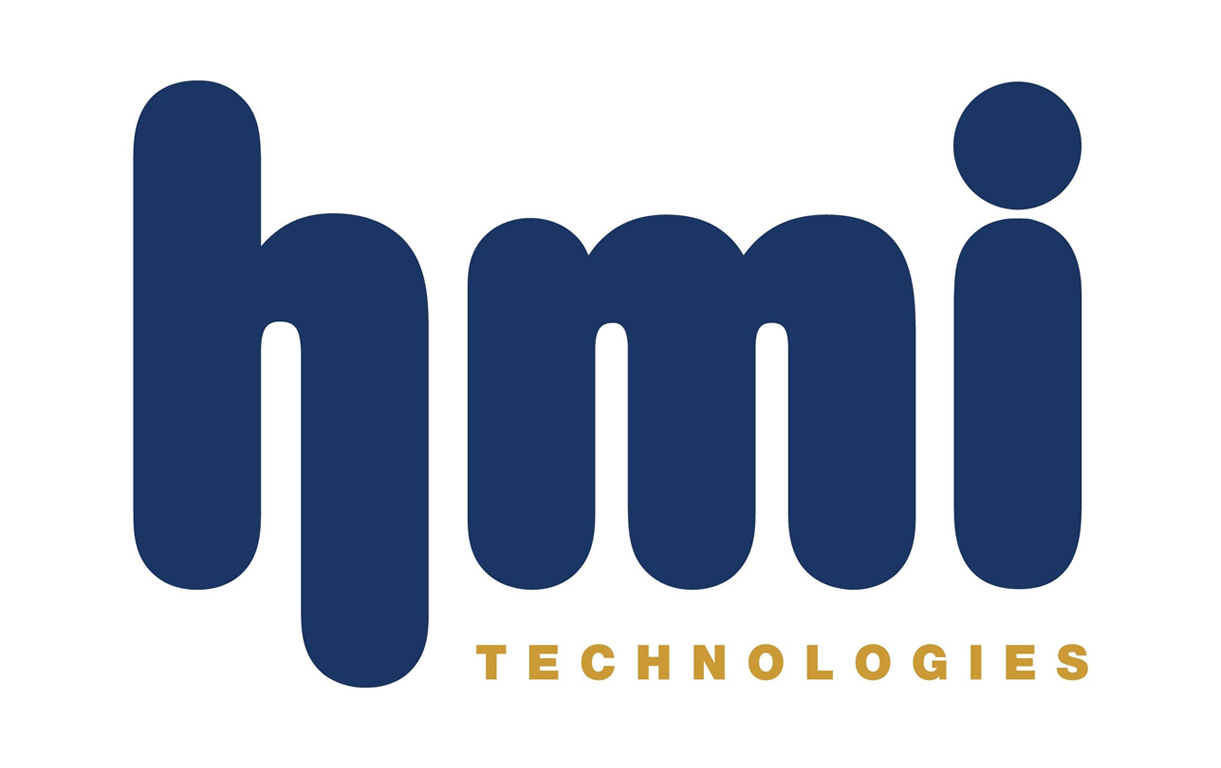Webinar recording is available in the ITS Australia Portal.
ITS Australia's ITS Tech Talk series is transport technology 101. Each episode will serve as an introduction to one key part of the ITS industry . . . this is episode 3.
This talk will give a brief overview of the standards and underlying technologies of electronic road signs and focus on the considerations that must be taken when manufacturing them. We’ll also take a brief look at the future of electronic signs and where we might be heading with operator to driver communications. Register for this, and all of our upcoming ITS Tech Talks, through the ITS Australia Portal.
What you will learn
- What’s the difference between an electronic road sign and an electronic billboard?
- What happens when we don’t follow standards?
- What is the future of electronic road signs? What will they look like?
Who should attend
All technical information in this talk will be presented in an easily digestible way with a non-technical audience in mind. Anyone who deals with electronic road signs on any level should be able to learn something during this talk.
Cost
- Free for ITS Australia members
- $20/session for non-members
Presenter

Dr Mahmood Hikmet
Head of Research and Development / Ohmio and HMI Technologies
Dr Mahmood Hikmet is the Head of Research and Development at Ohmio and HMI Technologies and is tasked with overseeing and synchronising R&D activity for the autonomous vehicle program and all other areas of research. As a science communicator, Mahmood’s focus is on bringing across technical information to non-technical stakeholders. Throughout his career Mahmood has been closely involved with the direct development of IoT infrastructure for intelligent transportation and mobility. Most recently, Mahmood oversaw the development of the first 5G connected autonomous shuttle in the world in conjunction with Spark as well as the delivery of the largest 3d printed autonomous vehicle in the world, the Ohmio LIFT, to Christchurch Airport.
Mahmood holds a PhD in Electronic and Electrical Engineering and a Bachelor of Engineering (Hons) in Computer Systems Engineering from the University of Auckland.

Your questions answered by our presenter
Get in touch with HMI Technologies.
Upcoming ITS Tech Talk
- Episode 4 - What is AI and Where Do We See it on Roads Now?
Thurs. 3 December 2020, 3:00-3:30pm AEDT
